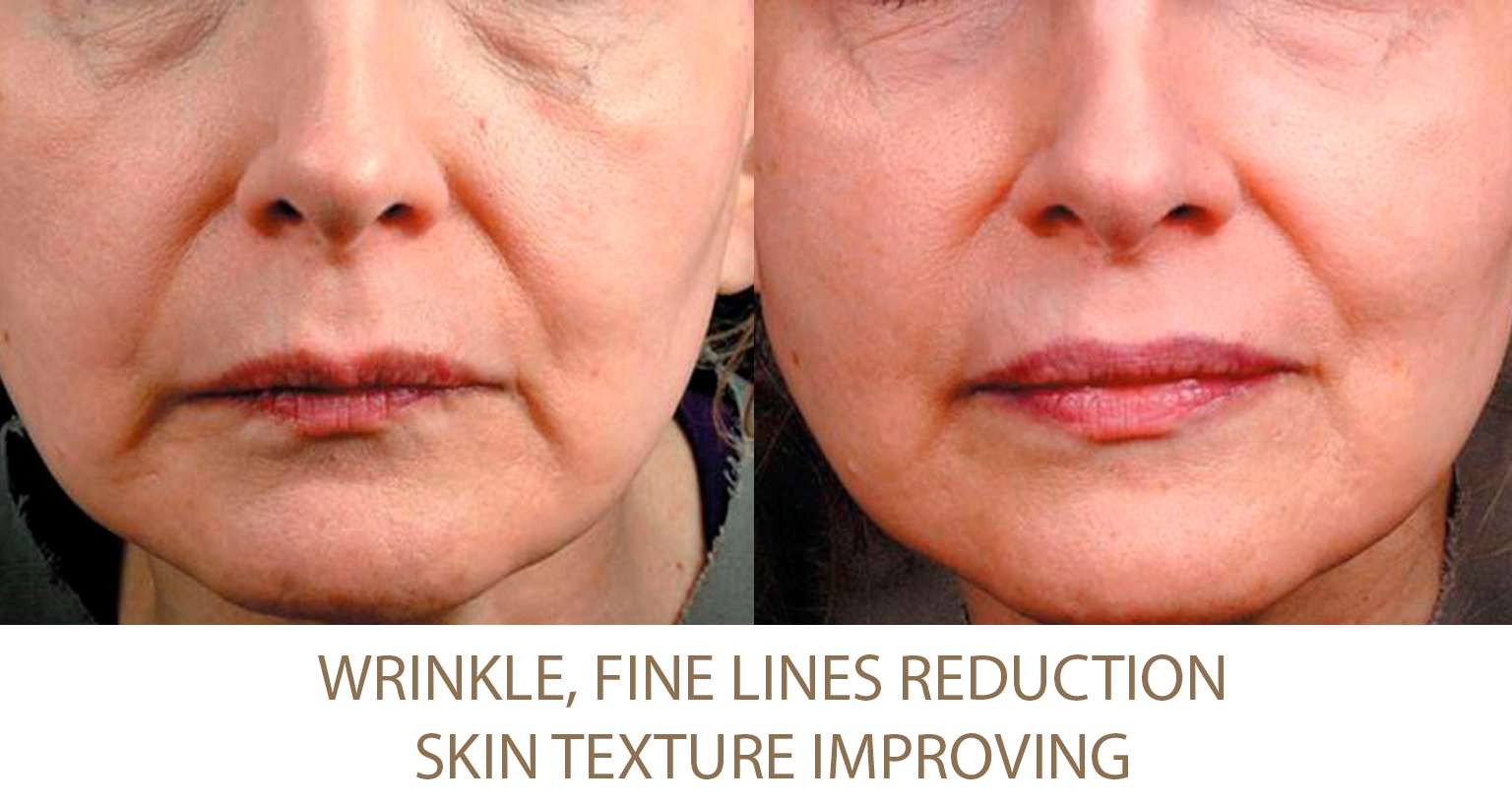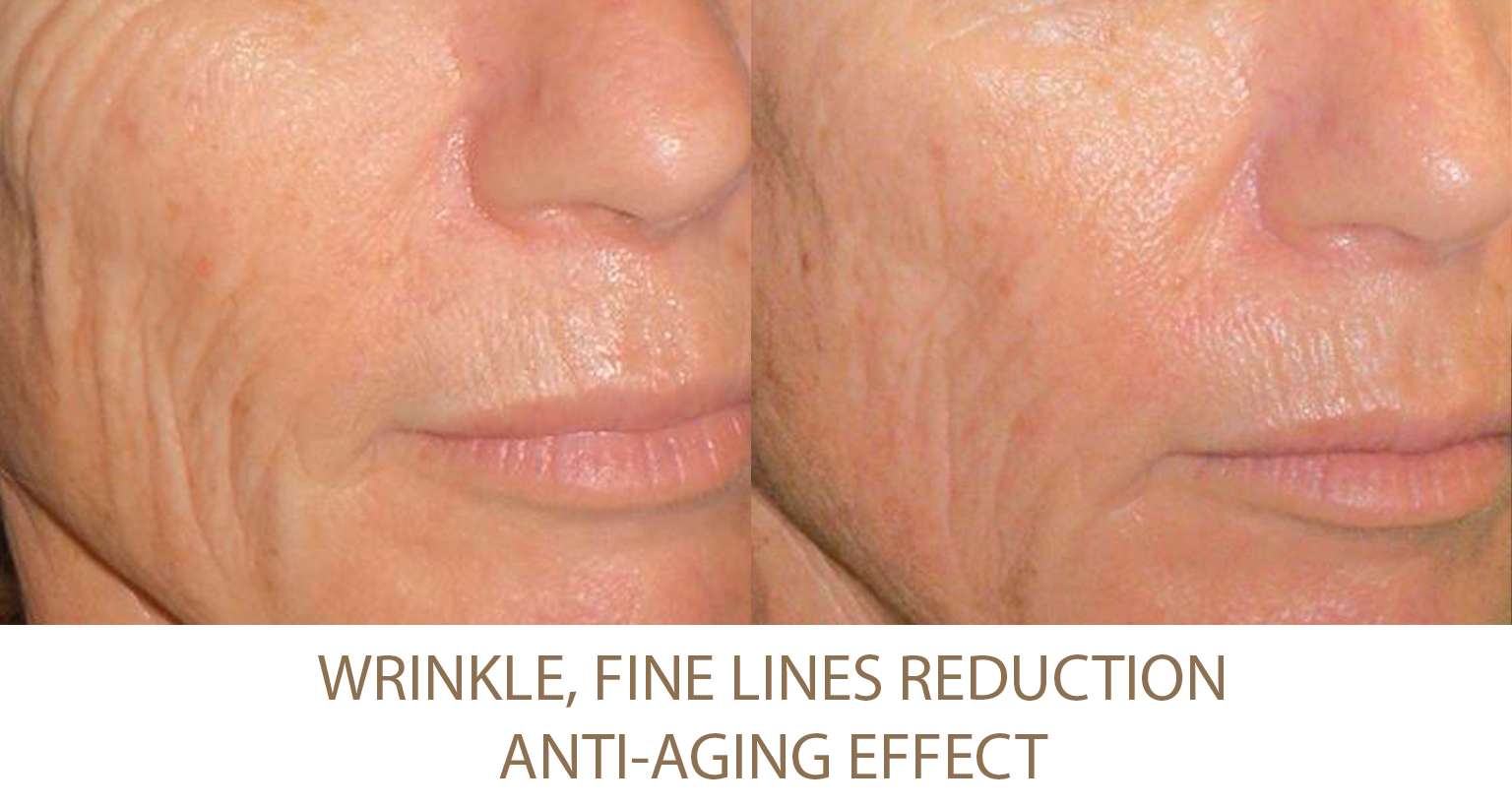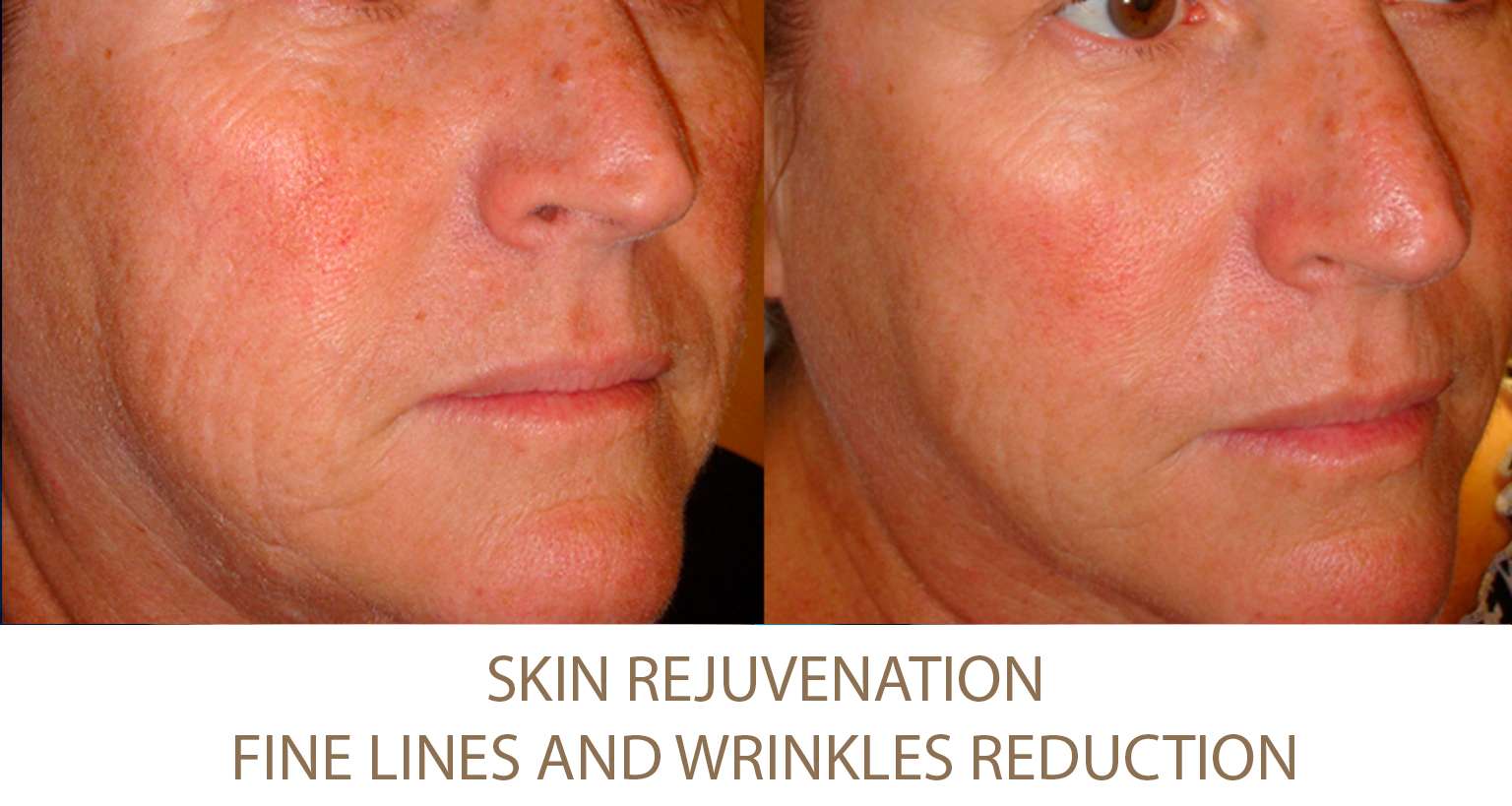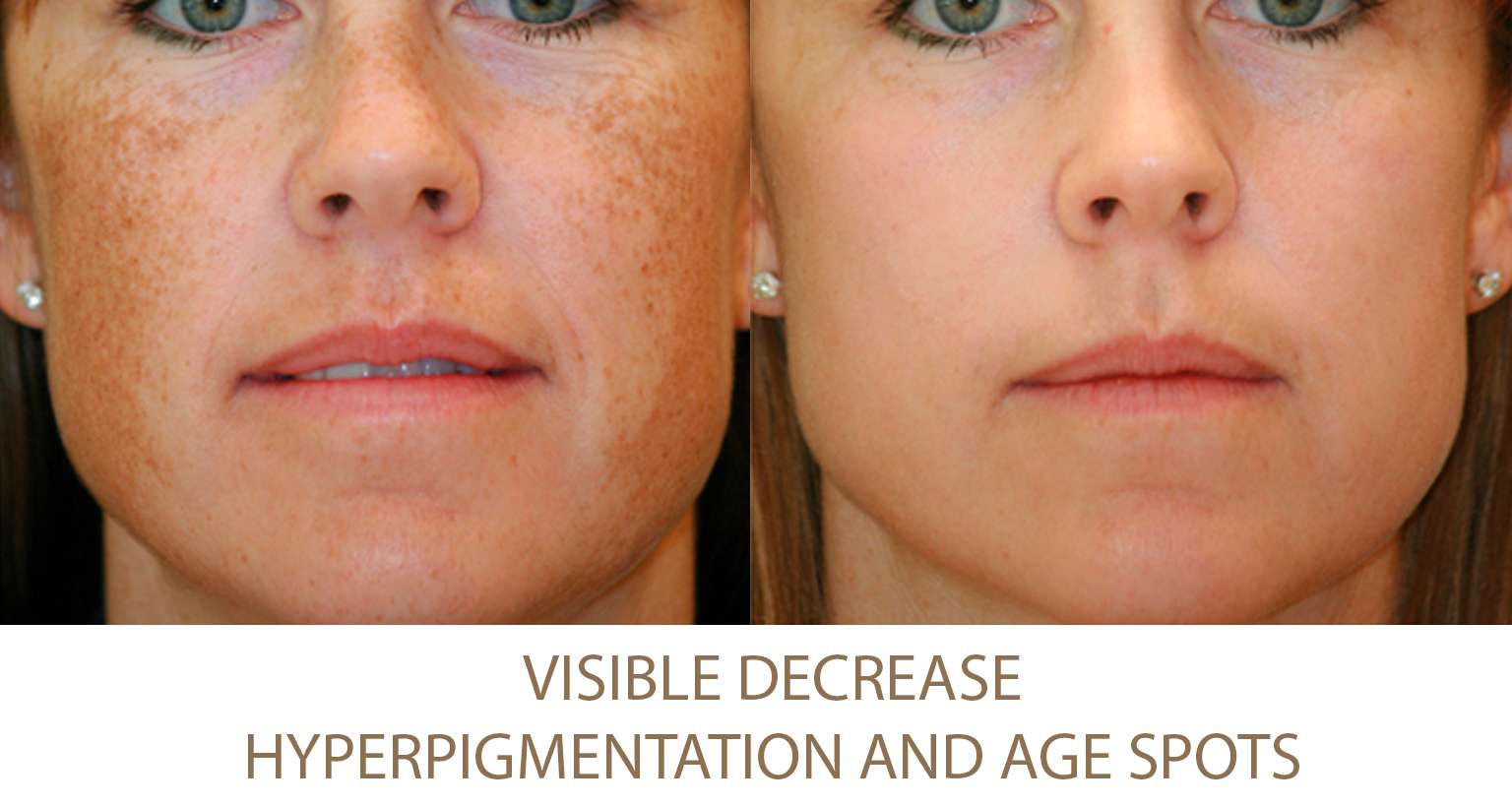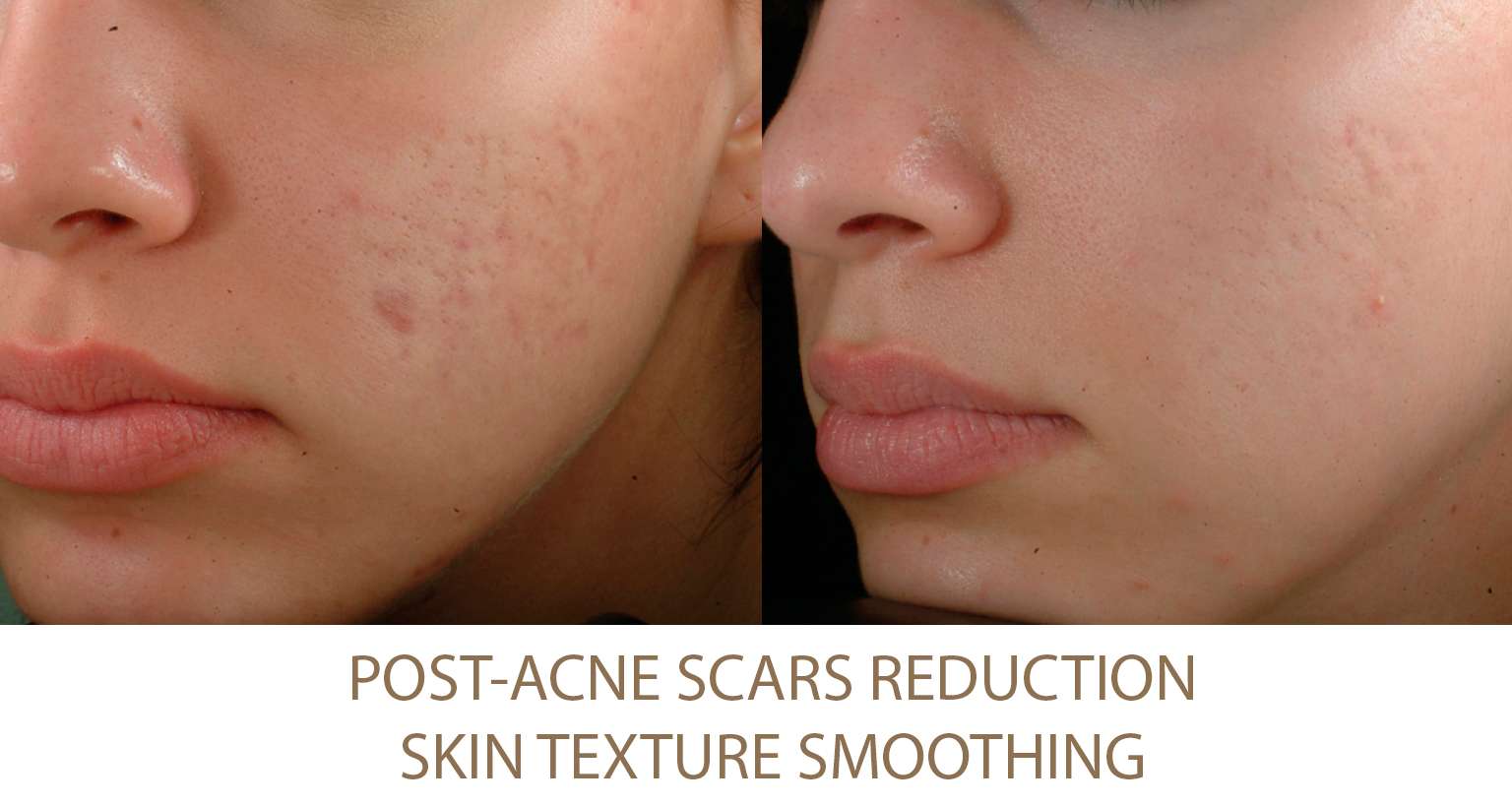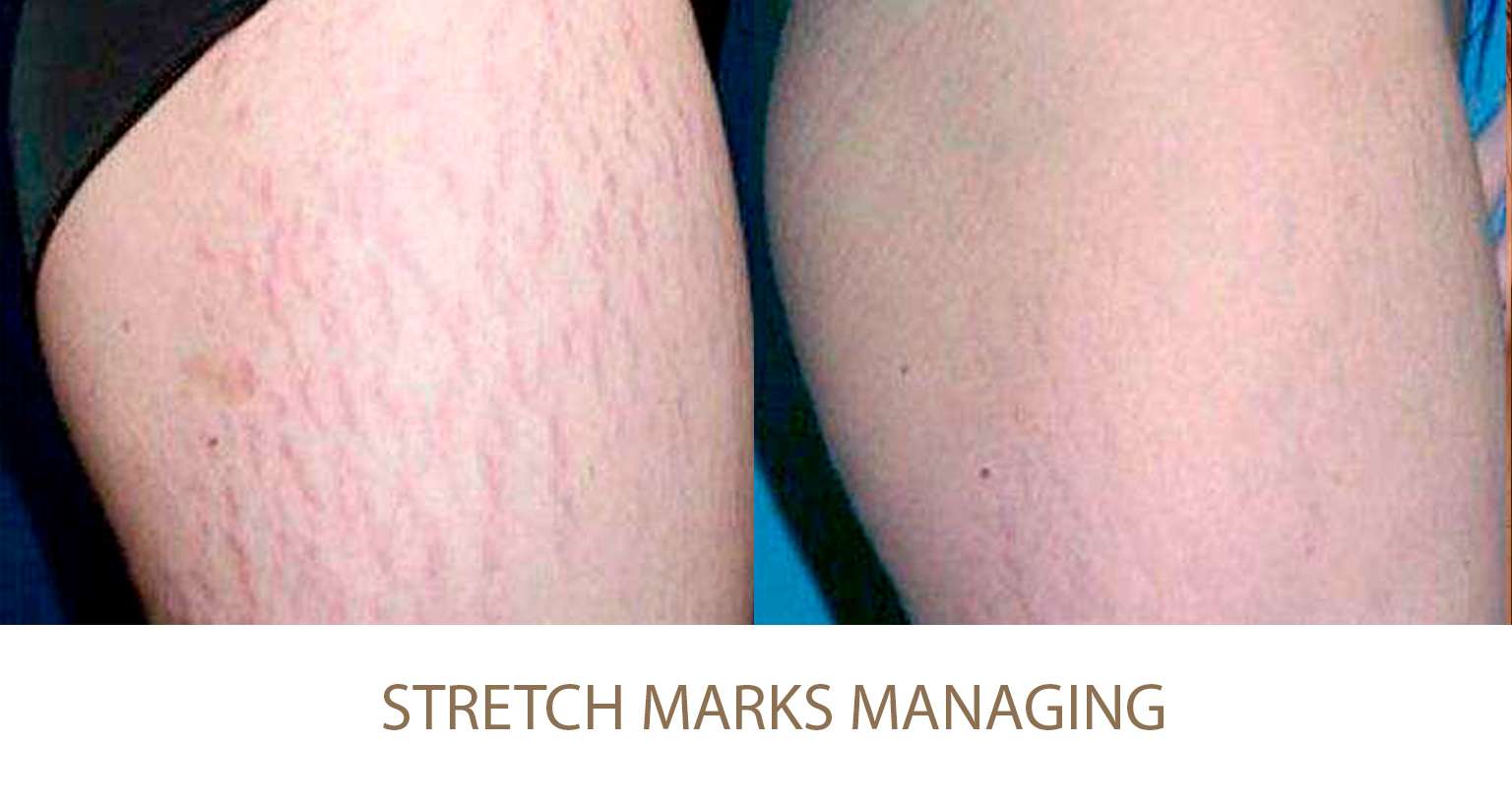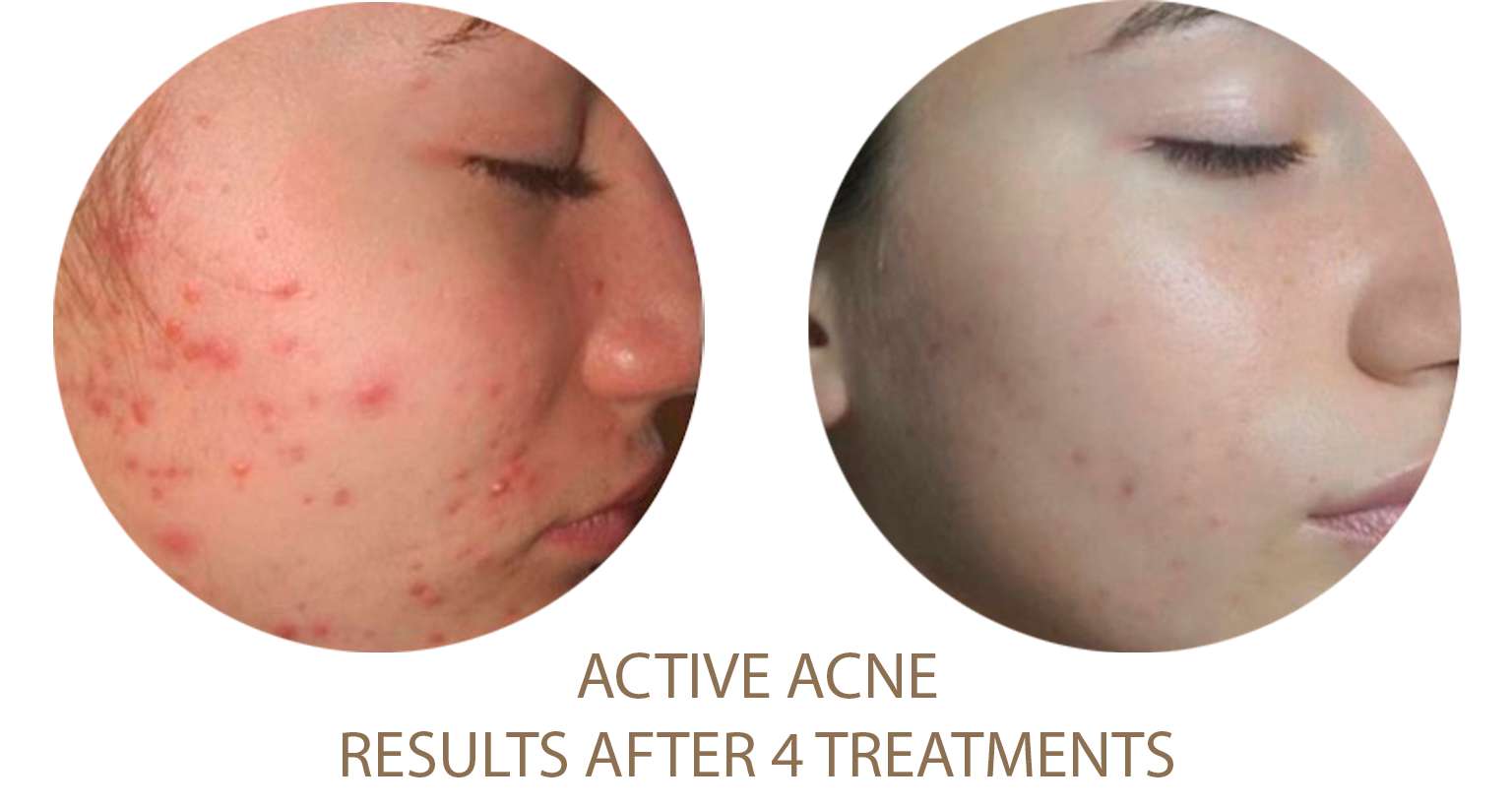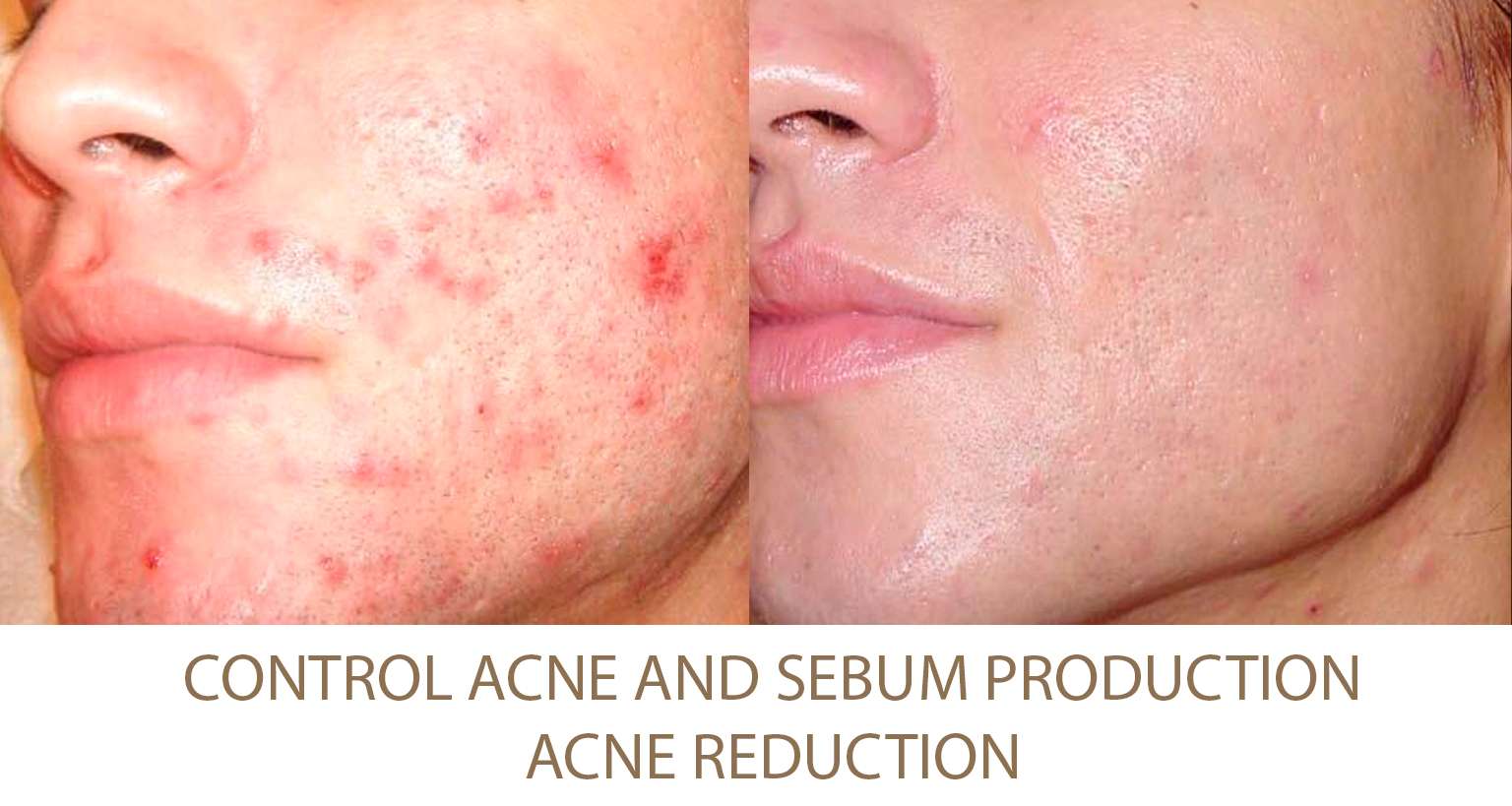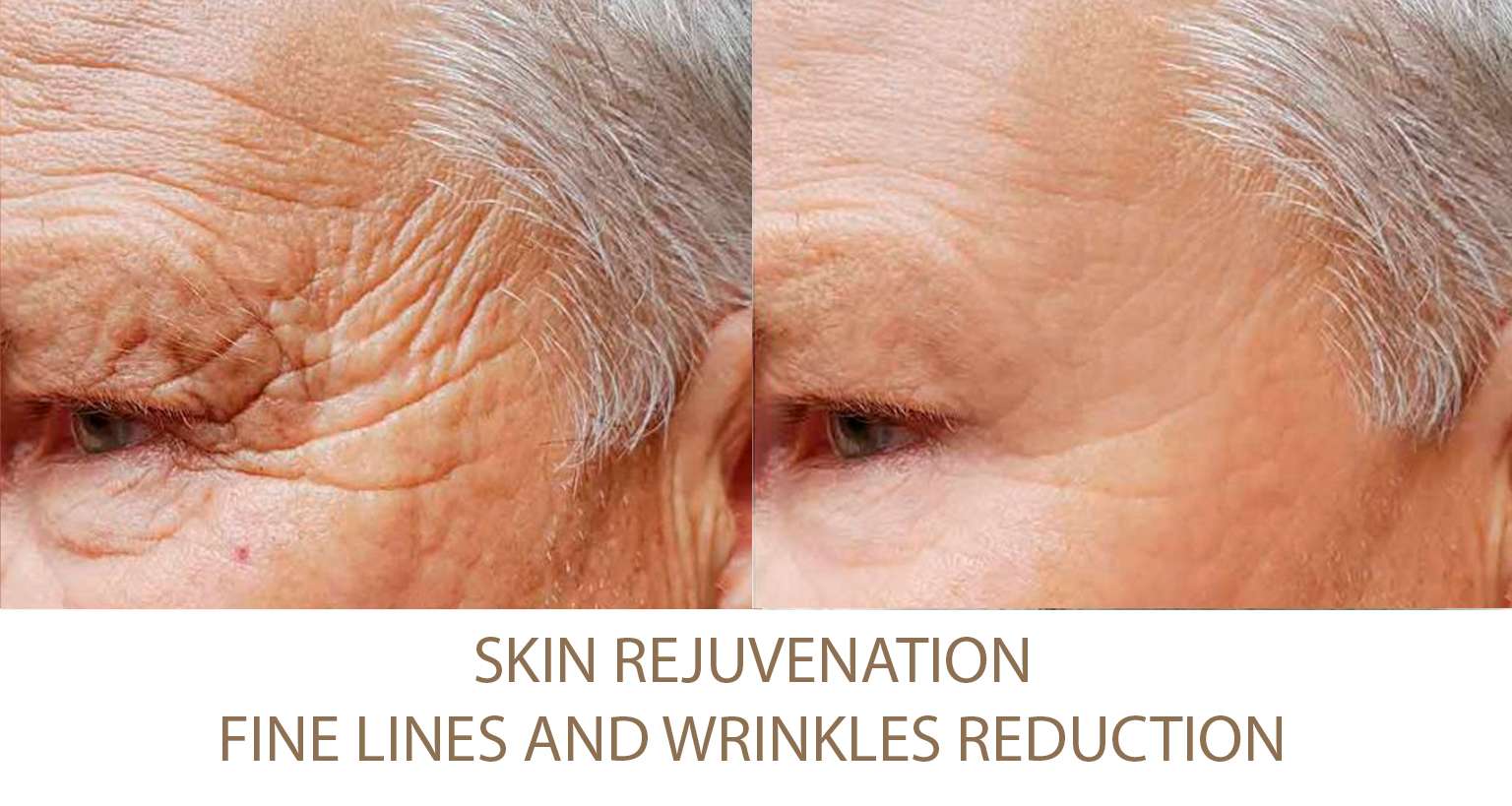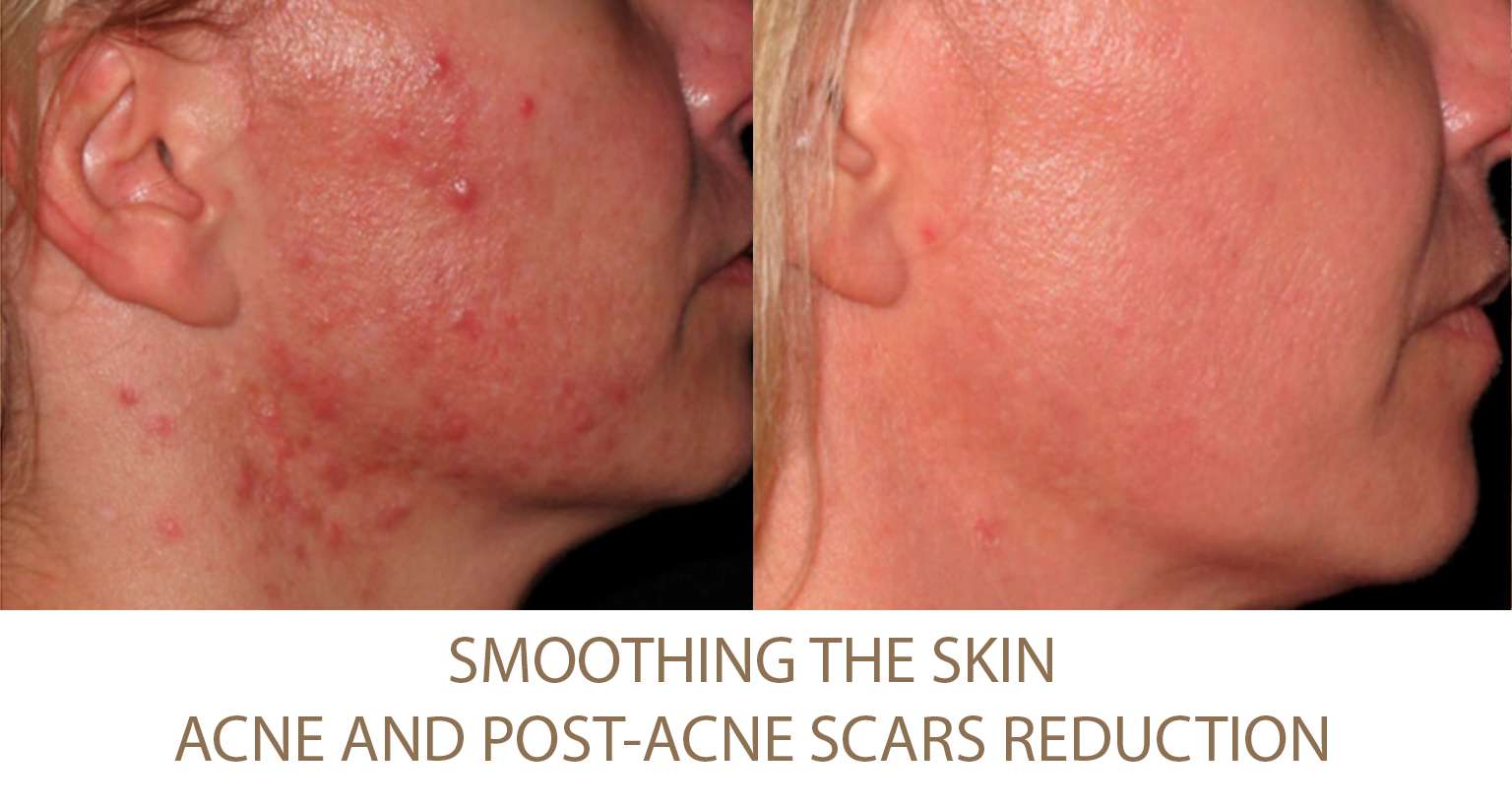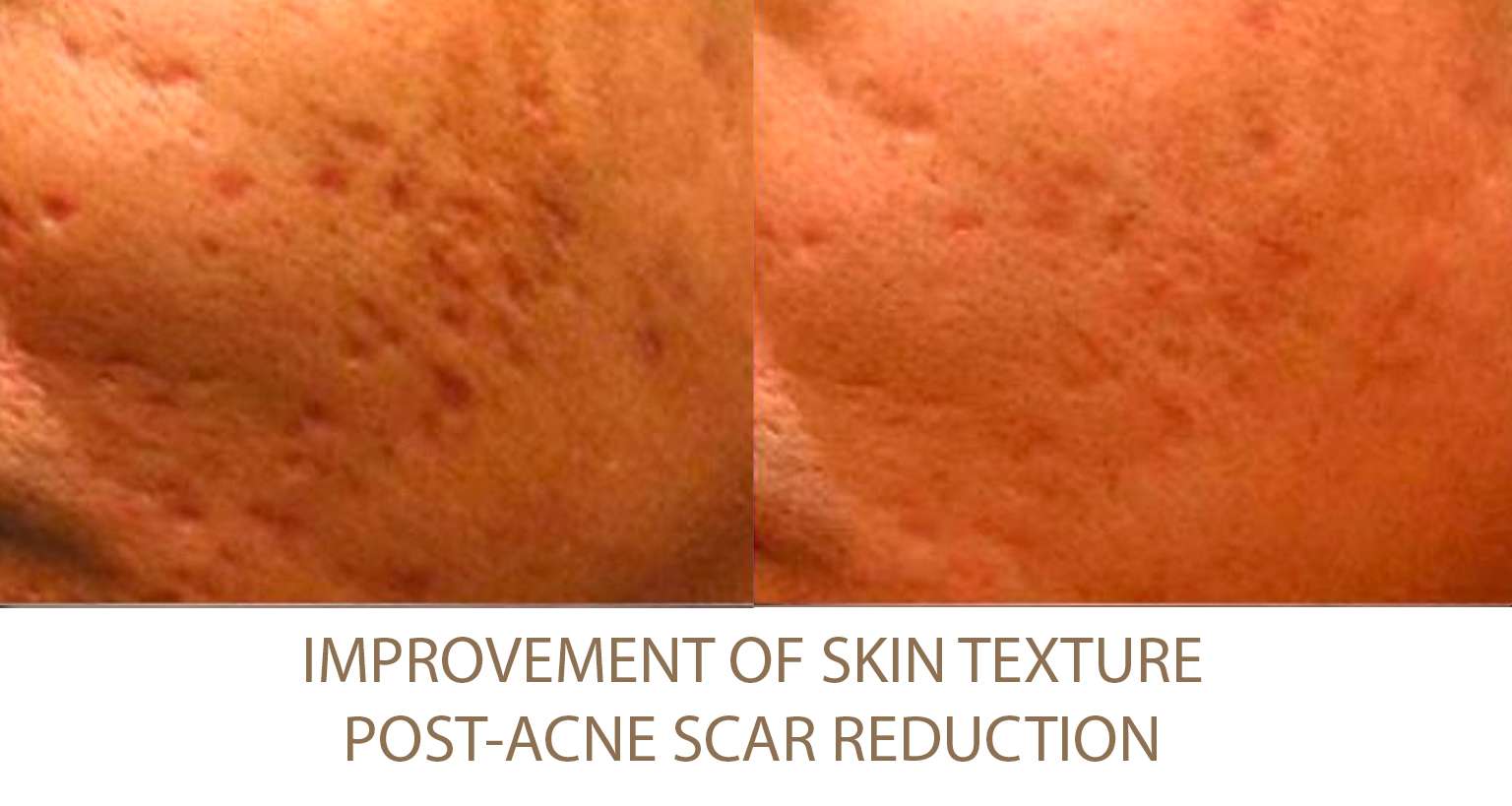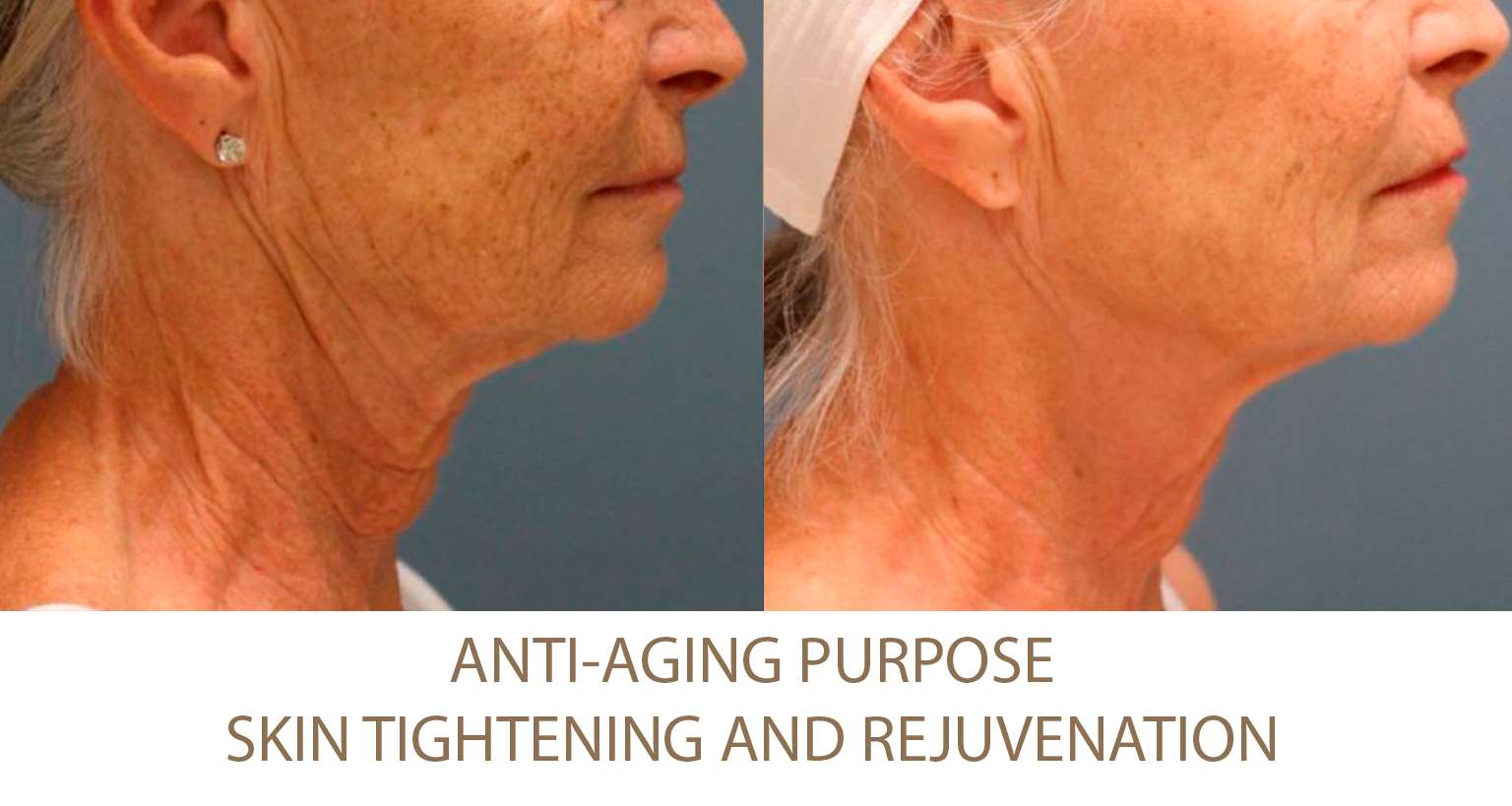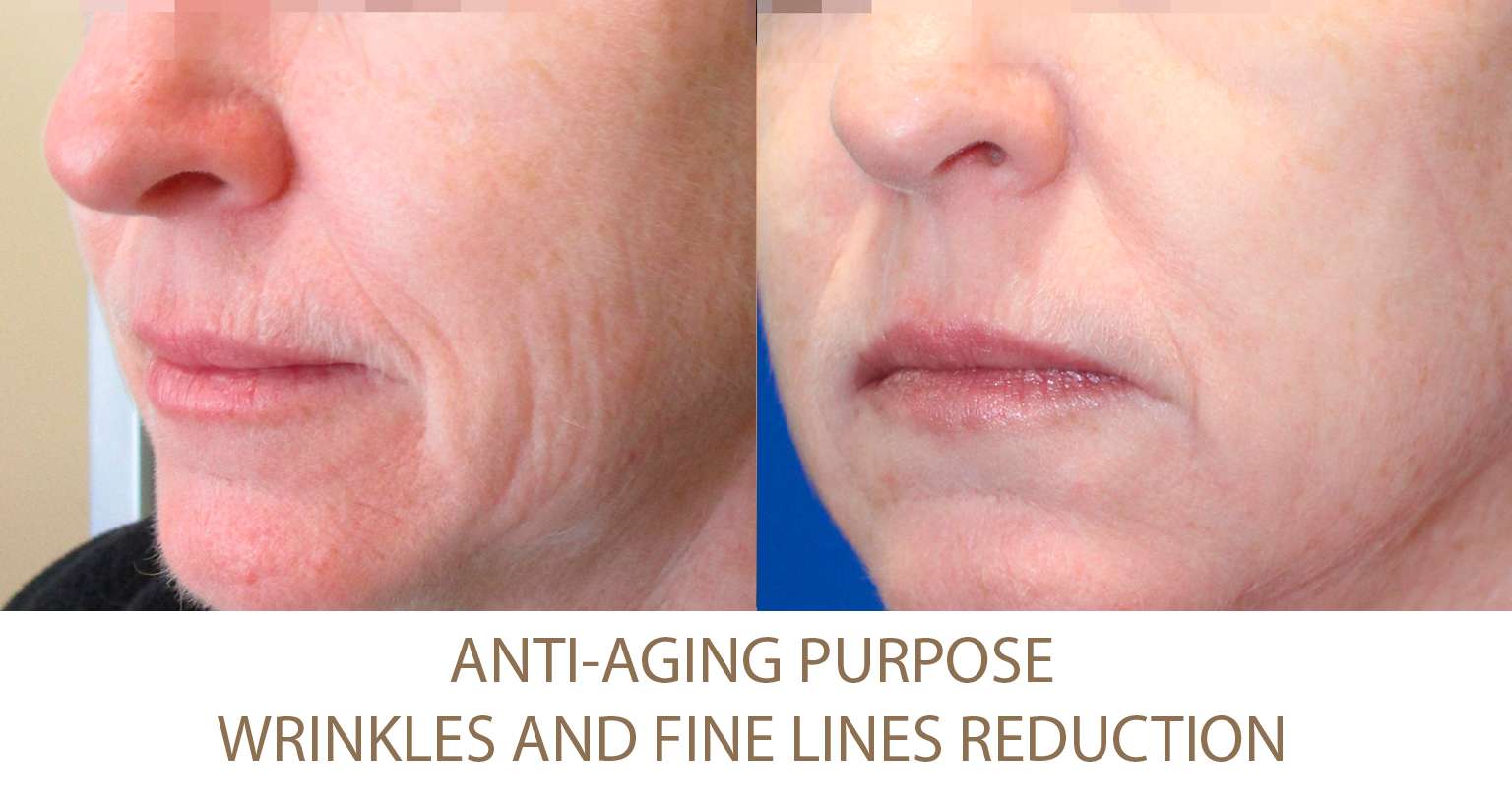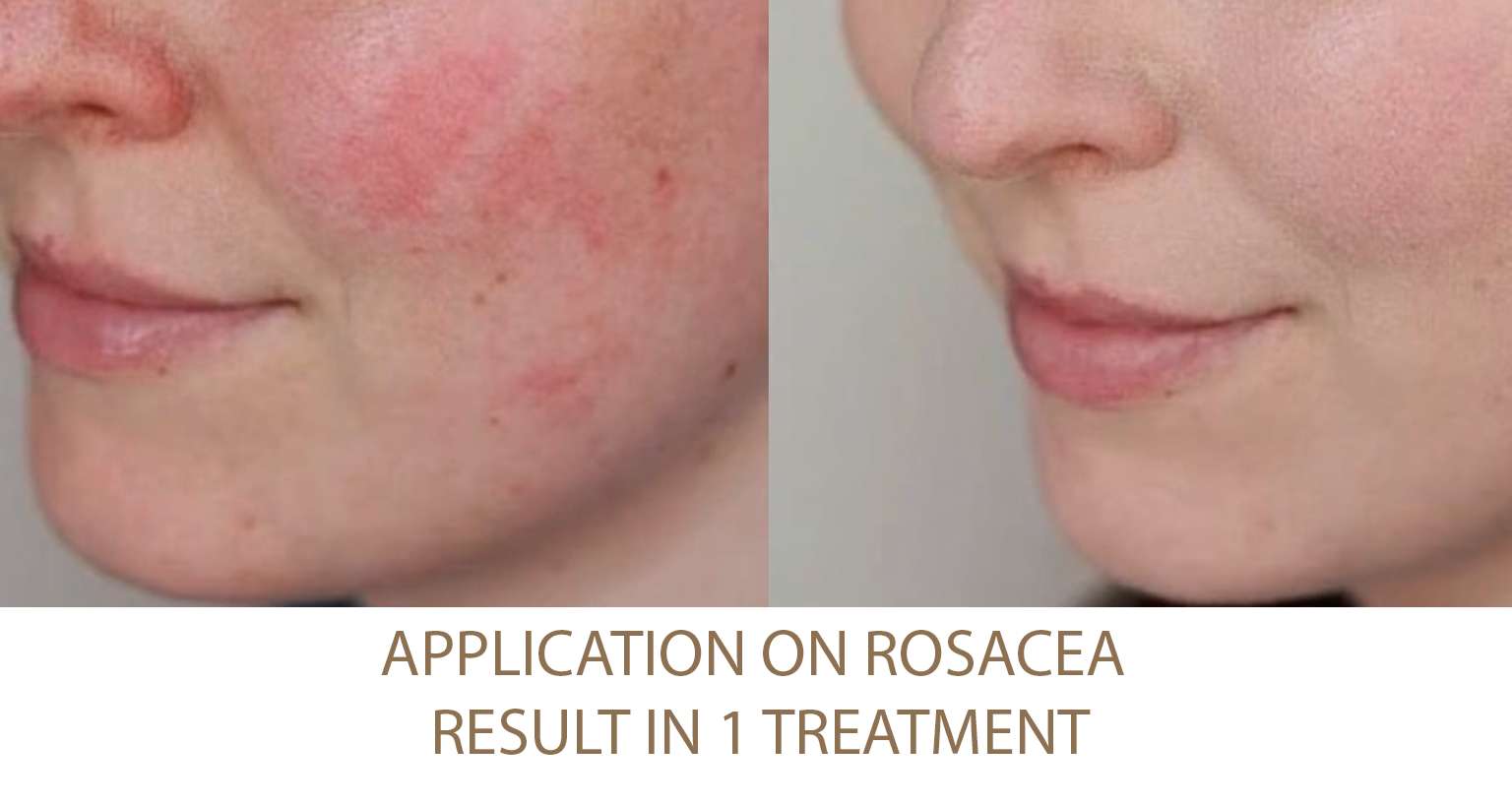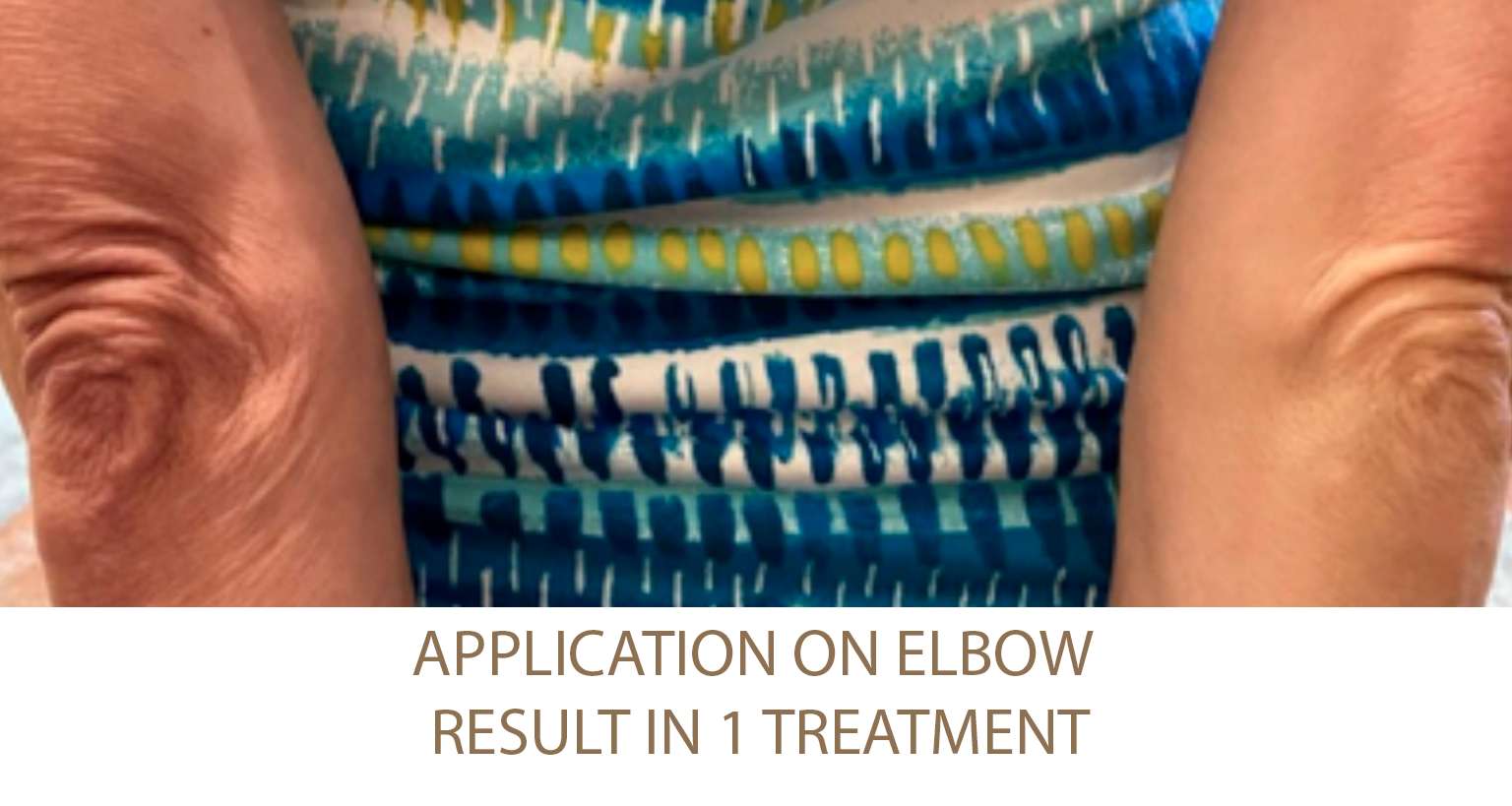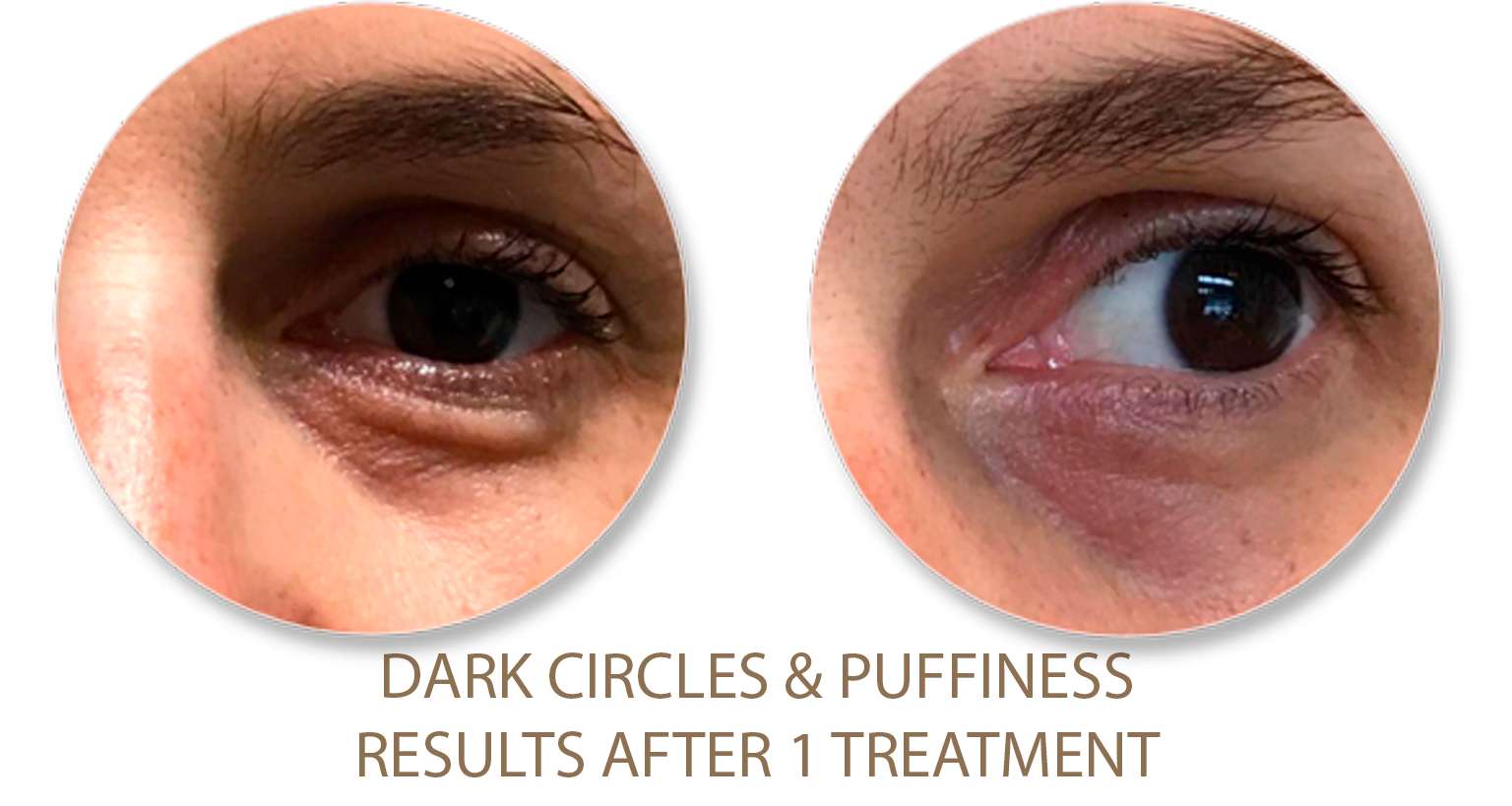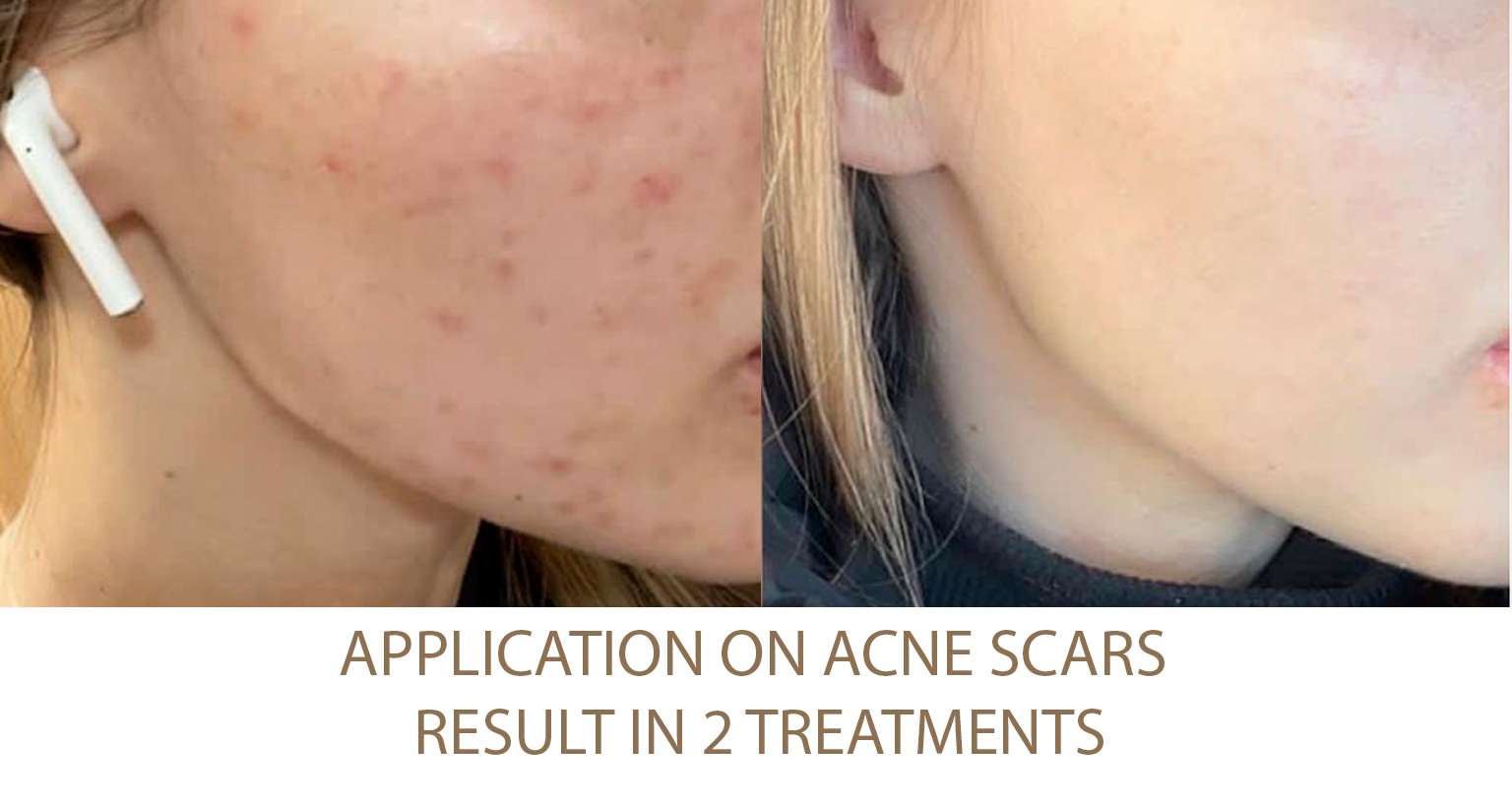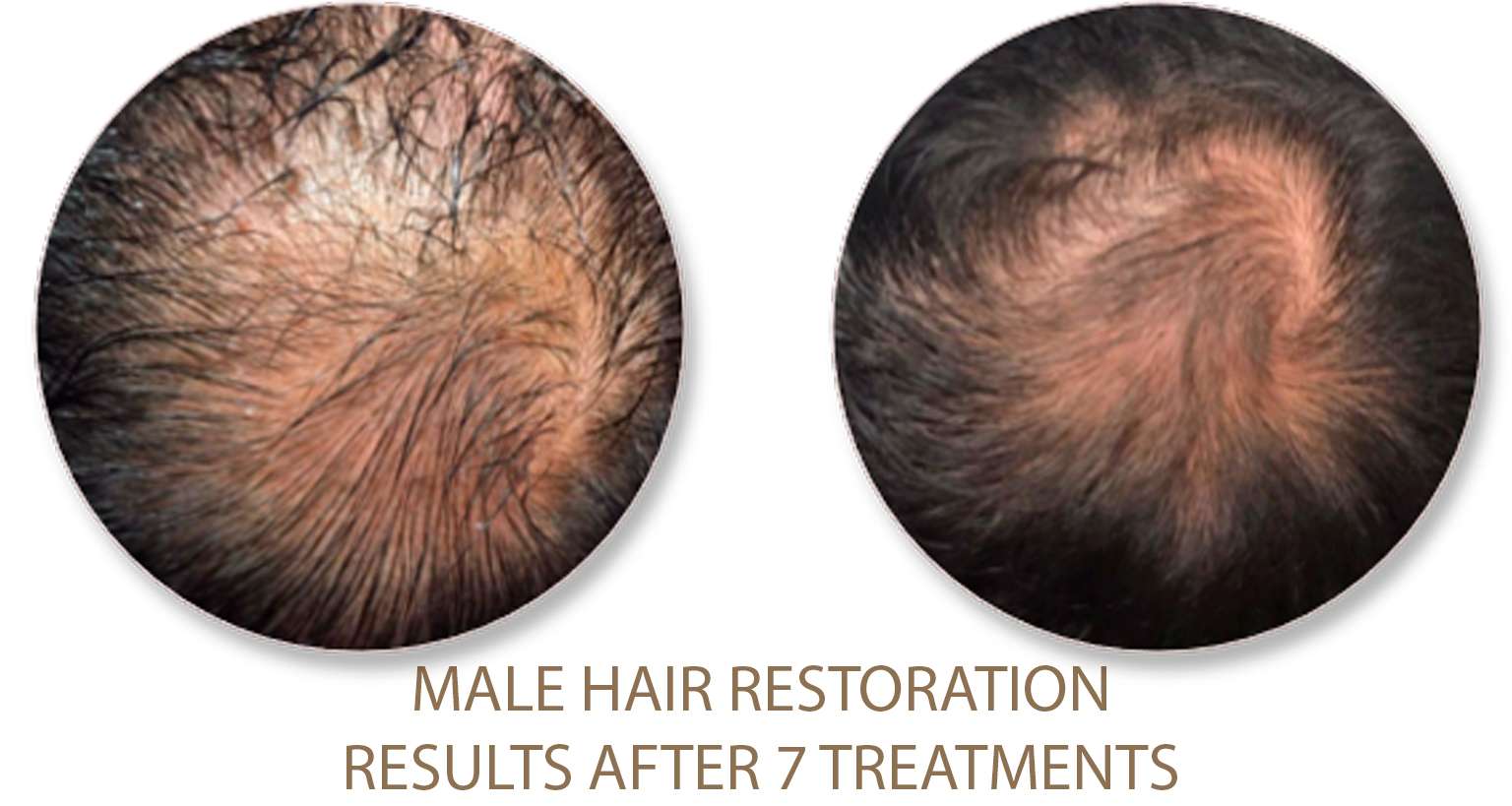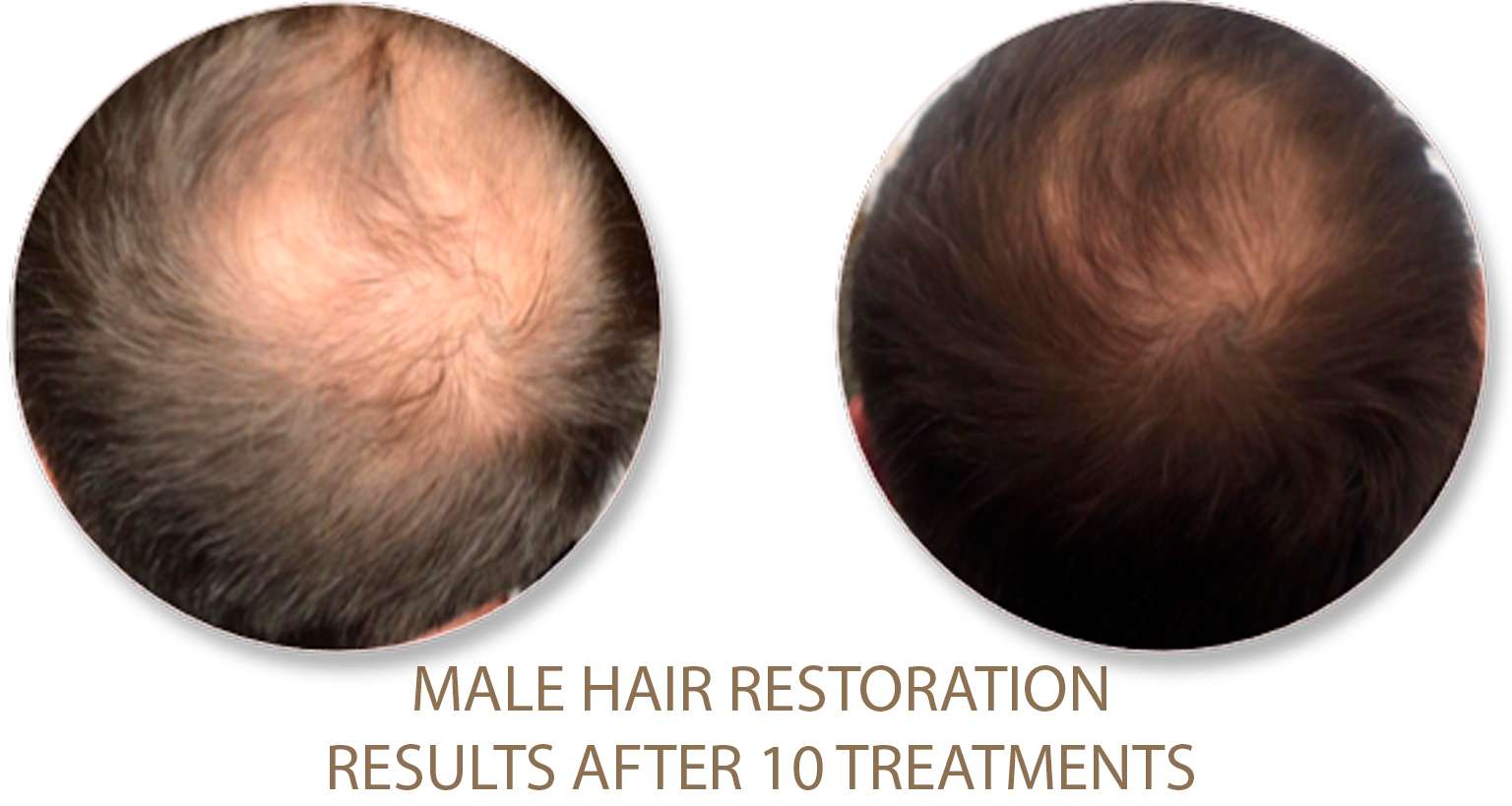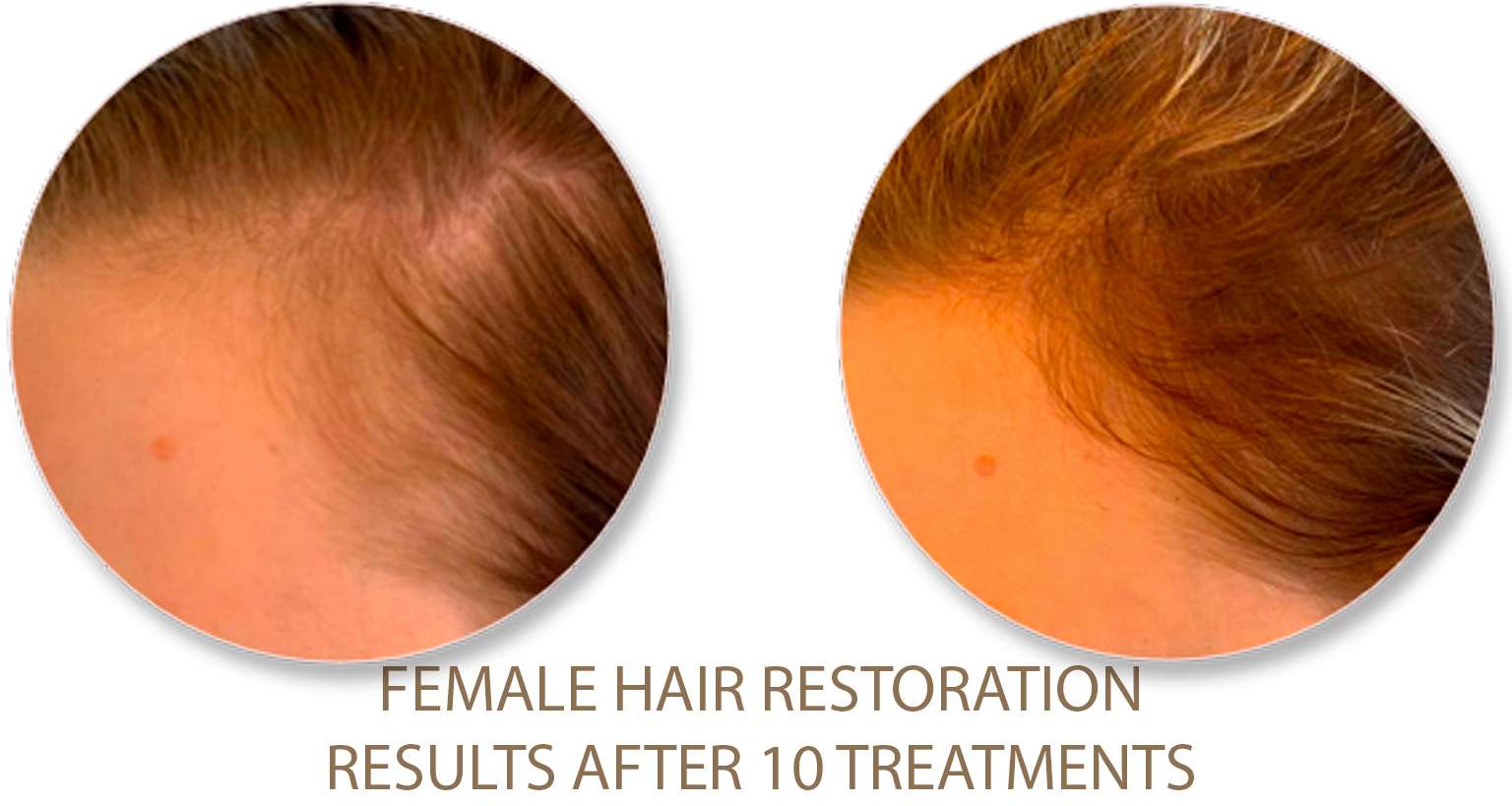Sun Damage
Excessive exposure to the sun can cause many long-lasting effects on your skin
What is Sun Damage?
Sun damage refers to the harmful effects that the sun’s ultraviolet (UV) rays can have on the skin and other body tissues. The sun emits different types of UV rays, including UVA, UVB, and UVC, but UVA and UVB are the ones that primarily affect our skin.
Here are some common effects of sun damage on the skin:
Sunburn: Sunburn is a visible reaction of the skin to excessive UV radiation. It causes the skin to become red, painful, and inflamed. Severe sunburns can blister and lead to peeling.
Premature aging: Chronic exposure to the sun can accelerate the aging process of the skin, leading to wrinkles, fine lines, and age spots. This is often referred to as “photoaging.”
Uneven skin tone: Sun damage can cause hyperpigmentation, where certain areas of the skin become darker than others. This can result in an uneven skin tone and the development of sunspots or “liver spots.”
Skin cancer: Prolonged and repeated exposure to UV rays increases the risk of developing skin cancer, including melanoma (the most dangerous form of skin cancer), basal cell carcinoma, and squamous cell carcinoma.
Weakened immune system: UV rays can suppress the immune system, making the skin more susceptible to infections and reducing the body’s ability to detect and destroy cancerous cells.
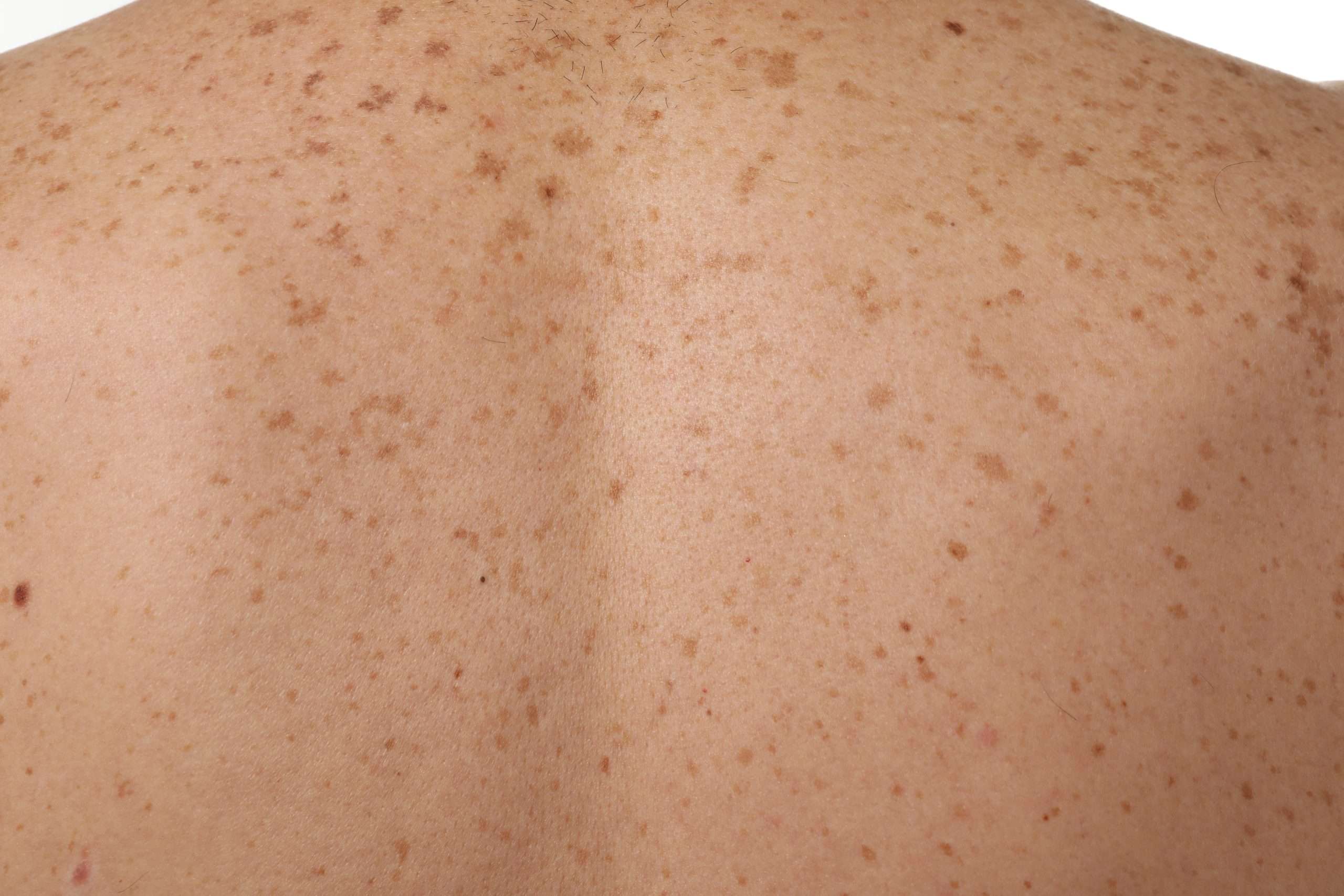
Treatments for Sun Damaged Skin:
- Plasma Fibroblast Skin Tightening
- DMK Enzymes Therapy
- Plasma Jet
- PRX-T33 BioReVitalization
- Plasma Jet PRX-T33
- Microneedling PRX-T33
- BioRePeel
- Plasma Jet BioRePeel
- Combo Microneedling BioRePeel
- Dermapen Microneedling
- Microneedling RF
- Microdermabrasion
- Hydrodermabrasion
- Combo Anti-Aging
- Oxygen Infusion
What causes Sun Damage?
Sun damage is primarily caused by the ultraviolet (UV) radiation emitted by the sun. The sun emits three types of UV rays: UVA, UVB, and UVC. UVC is mostly absorbed by the Earth’s atmosphere and doesn’t reach the surface, but UVA and UVB can penetrate the skin and cause various forms of damage.
UVA Rays
UVA rays are longer wavelengths of UV radiation that can penetrate deeper into the skin. They are present with relatively equal intensity throughout the day and can pass through clouds and glass. UVA rays are associated with aging effects on the skin, such as wrinkles, fine lines, and age spots. They can also contribute to skin cancer development.
UVB Rays
UVB rays have shorter wavelengths and are more intense than UVA rays. They primarily affect the outer layer of the skin and are the main cause of sunburn. UVB rays are more prevalent during midday and in the summer months. They play a significant role in the development of skin cancer.
When your skin is exposed to UV radiation, it triggers a series of harmful reactions, including the production of free radicals. Free radicals are unstable molecules that can damage cellular structures like DNA, proteins, and lipids, leading to various forms of sun damage.
It’s important to note that sun damage is cumulative, meaning it builds up over time with repeated exposure to the sun without adequate protection. Therefore, protecting your skin from the sun’s harmful rays, especially during peak hours, using sunscreen, wearing protective clothing, and seeking shade when possible, is crucial in preventing sun damage and reducing the risk of skin cancer and premature aging.
Testimonials
What Our Clients Say:












